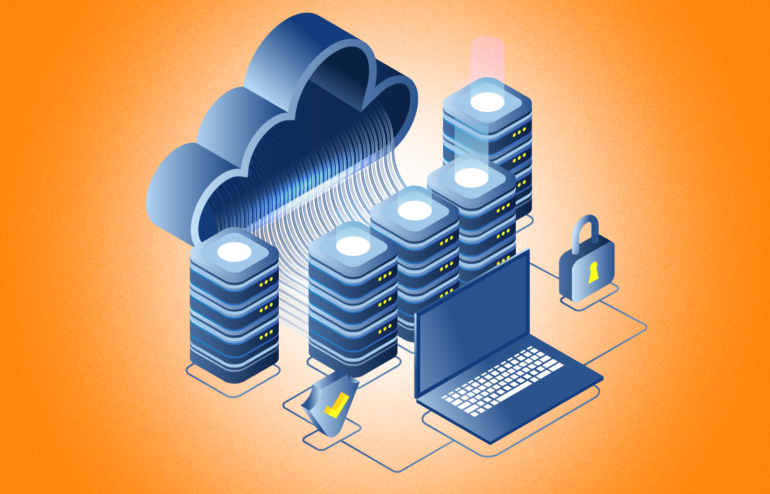
Ensuring that your network is up and running smoothly is crucial to the success of your community bank or credit union. However, managing today’s complex networks can be time-consuming and resource-intensive. This is where working with a managed service provider can offer tremendous benefits. Let’s explore the top 10 advantages of outsourcing your network management:
1. IT Expertise
You gain access to a team of IT professionals with specialized expertise in network administration for financial institutions. These experts can serve as an extension to your team and are available regardless of internal personnel shifts, such as vacations, sick days, short/long-term leave, etc. This creates continuity, ensuring your network always operates at peak performance.
2. Network Uptime
Network downtime can be detrimental when it disrupts customer service and normal business operations. Outsourcing can minimize this risk through proactive monitoring and faster response times. In addition, staff may be focused on other responsibilities and can miss alerts that could lead to a network disruption. With an outsourced solution in place, alerts are monitored, captured, and prioritized to prevent small issues from becoming larger.
3. Enhanced Reporting
Accessing customizable dashboards and real-time reporting offers your institution invaluable insights into the effectiveness of your controls. It also aids in the detection and resolution of potential issues. Leveraging a managed service provider well-versed in the financial landscape who can furnish appropriate reports enhances your readiness for exams and audits.
4. Event Log Monitoring
Manually monitoring and analyzing logs can be an overwhelming, if not impossible undertaking. A managed service provider can help you evaluate all event logs to determine which activities need further investigation or action to enhance network security.
5. Scalability
As your financial institution grows, so does the complexity of your network. An outsourcing partner can help you scale your network according to your institution’s changing needs and ensure it has the bandwidth to keep up with your organization.
6. Core Competencies
Outsourcing your network management allows you to focus on what you do best – serving your customers and your community. By delegating network-related tasks to outsourced professionals, your IT staff can spend less time on routine, repetitive tasks and have more time to help front-line employees and concentrate on core competencies.
7. Improved Security
Network security is of utmost importance for financial institutions as they handle sensitive customer information. A network management service equips you with a dedicated security team that is up-to-date with the latest security measures. They can put into place strong security protocols, conduct routine patch management, and respond quickly to security threats.
8. Cutting-Edge Technology
Keeping up with the rapidly evolving technology landscape can be challenging. Outsourcing means you can leverage tested state-of-the-art tools and technologies. A managed provider constantly updates their systems and stays on top of emerging trends, ensuring that your network is using the best technology available.
9. Regulatory Compliance
Financial institutions must adhere to strict regulatory requirements and a reputable managed service provider will help you review systems reports, discuss controls assessments, and prepare for exams and audits. You will have more confidence in knowing your network is properly adhering to its operational, security, and compliance policies and procedures.
10. Peace of Mind
Perhaps the most significant benefit of outsourcing your network management is the peace of mind that it brings. Knowing that your network is in capable hands allows you to worry less and focus more on your day-to-day banking activities.
From dedicated IT expertise and increased network uptime to substantial reporting capabilities and improved security and compliance, outsourcing network management allows your financial institution to focus on your core competencies. By entrusting network responsibilities to reliable experts, you can feel confident that your network will operate seamlessly, providing a reliable and secure platform for your customers and community.
NetComply One is a network management service that includes a dedicated strategic advisor to help with technical support, training, guidance, and regulatory compliance assistance. Learn more about outsourcing your network management solution.









